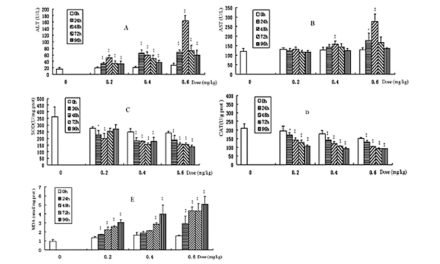New species of Pseudosperma (Agaricales, Inocybaceae)
from Pakistan revealed by morphology and multi-locus
phylogenetic reconstruction
Malka Saba1, Danny Haelewaters2,3,4, Donald H. Pfister2, Abdul Nasir Khalid5
1 Department of Plant Sciences, Quaid-i-Azam University, Islamabad, 45320, Pakistan 2 Farlow Herbarium of Cryptogamic Botany, Harvard University, Cambridge, Massachusetts, USA 3 Department of Botany and Plant Pathology, Purdue University, West Lafayette, Indiana, USA 4 Faculty of Science, University of South Bohemia, České Budějovice, Czech Republic 5 Department of Botany, University of the Punjab, Lahore, Pakistan Corresponding author: Malka Saba (rustflora@gmail.com; msaba@qau.edu.pk)
Academic editor: Olivier Raspé | Received 3 February 2019 | Accepted 12 May 2020 | Published 10 July 2020 Citation: Saba M, Haelewaters D, Pfister DH, Khalid AN (2020) New species of Pseudosperma (Agaricales, Inocybaceae) from Pakistan revealed by morphology and multi-locus phylogenetic reconstruction. MycoKeys 69: 1–31. https://doi.org/10.3897/mycokeys.69.33563
Abstract
During fungal surveys between 2012 and 2014 in pine-dominated forests of the western Himalayas in Pakistan, several collections of Pseudosperma (Agaricales, Inocybaceae) were made. These were documented, based on morphological and molecular data. During this work, three new species came to light, which are here formally described as Pseudosperma brunneoumbonatum, P. pinophilum and P. triacicularis. These species belong in the genus Pseudosperma fide Matheny et al. (2019) = Pseudosperma clade fide Matheny (2005) = Inocybe sect. Rimosae s.s. fide Larsson et al. (2009). Macro- and micro-morphological descriptions, illustrations and molecular phylogenetic reconstructions of the studied taxa are provided. The new species are differentiated from their close relatives by basidiospore size and colouration of basidiomata. Molecular phylogenetic relationships are inferred using ITS (ITS1–5.8S–ITS2), nrLSU and mtSSU sequence data. All three newly-described taxa likely share an ectomycorrhizal association with trees in the genus Pinus. In addition, five names are recombined in Inosperma, Mallocybe and Pseudosperma. These are Inosperma vinaceobrunneum, Mallocybe erratum, Pseudosperma alboflavellum, Pseudosperma friabile and Pseudosperma neglectum.
Keywords
Ectomycorrhizal fungi, molecular systematics, phylogeny, Pinus roxburghii, southern Asia, taxonomy







